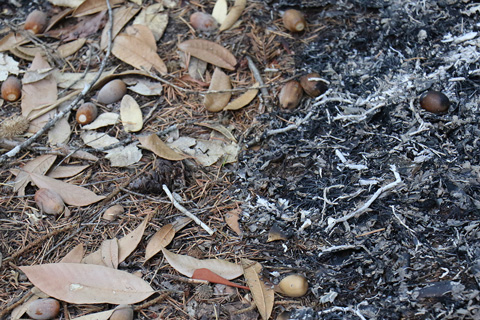
Members of the Karuk Tribe in northern California maintain that the age-old tradition of prescribed burning holds the answer to climate adaptation planning in the Klamath River range.

Members of the Karuk Tribe in northern California maintain that the age-old tradition of prescribed burning holds the answer to climate adaptation planning in the Klamath River range.

From retreating snow elevations to rain-soaked powder, warming due to human-caused climate change will radically transform U.S. skiing over the remainder of the twenty-first century.
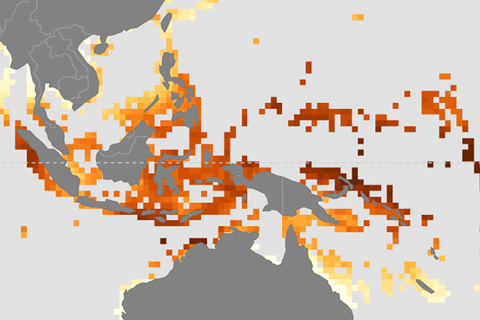
Corals reefs face double threats from rising atmospheric carbon dioxide: severe heat stress and ocean acidification. NOAA researchers have produced maps of future changes in both threats to allow managers to identify the most vulnerable reefs.

Ko Barrett, a Vice Chair of the IPCC, answers questions about the group's recent special report on what 1.5°C of global warming will mean for people, ecosystems, and economies.
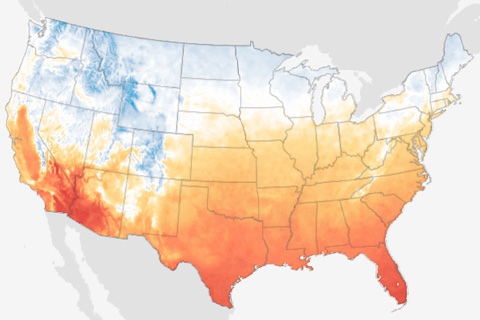
This animated gif shows how October average temperatures in the contiguous United States are projected to change in coming decades if global carbon dioxide emissions continue along a high-emissions pathway.

Earth's coldest waters are warming, an indication that global warming has reached one of the most remote corners of the ocean's circulatory system.
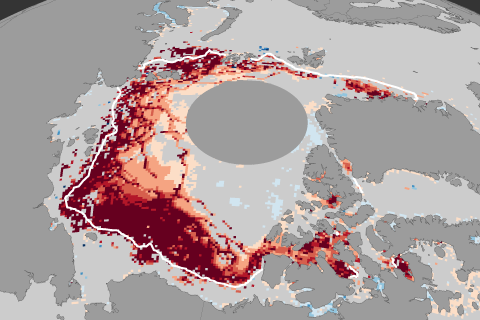
The 2018 Arctic sea ice minimum was not a record low, but it was well below the 1981–2010 average, and it continued the long-term trend of Arctic sea ice decline.
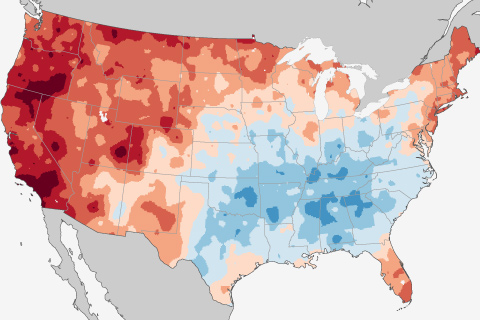
Warming in the West outstrips cooling in the East for a slight overall U.S. warming trend in the first month of fall.